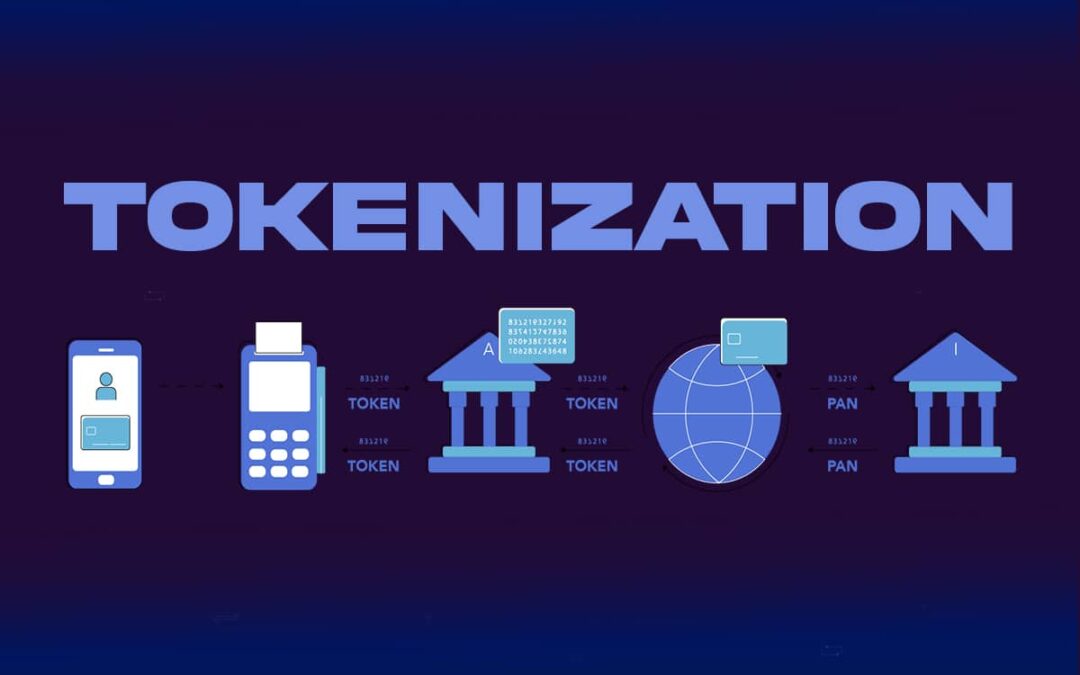Introduction: In the early days of blockchain, its significance was often synonymous with cryptocurrencies. However, blockchain’s transformative potential transcends digital currencies, and the concept of tokenization has emerged as a catalyst for innovation. This article embarks on a captivating journey through the multifaceted realm of blockchain applications, spotlighting how tokenization is ushering in a new era of possibilities. From healthcare to real estate, from supply chains to intellectual property, we’ll explore how tokenization is redefining traditional sectors and propelling us toward a more interconnected and decentralized future.

Tokenization: Tokenization involves representing tangible and intangible assets as digital tokens on a blockchain. These tokens encapsulate ownership, value, and other rights associated with the asset. The divisibility and transferability of tokens unlock liquidity and accessibility that were previously unimaginable in traditional asset ownership.
Real Estate Revolution: The real estate industry, often associated with high barriers to entry, is witnessing a revolution through tokenization. Fractional ownership of properties becomes a reality, enabling a broader range of investors to participate and diversify their portfolios. Tokenized real estate allows for seamless trading, reduces administrative costs, and promotes transparency.
Supply Chain Transparency: Tokenization breathes transparency into supply chains by digitally tracking assets throughout their journey. Whether it’s a perishable food item or a luxury product, each stage of the supply chain can be tokenized, ensuring authenticity, reducing fraud, and enhancing traceability. Consumers gain trust in the origin and quality of products they purchase.
**Healthcare: In healthcare, patient records and medical history can be tokenized, granting patients control over their data while enabling secure and seamless sharing with medical professionals. Tokenized medical records enhance interoperability, streamline insurance claims, and promote personalized treatments.
Intellectual Property: Intellectual property rights, from patents to copyrights, find new life through tokenization. Artists, inventors, and creators can tokenize their works, gaining more direct control over their distribution and monetization. Smart contracts can automate royalty payments and ensure that creators are fairly compensated for their contributions.
Tokenized Economies: The tokenization of assets extends beyond individual industries. It lays the groundwork for tokenized economies, where nearly anything of value can be represented as a token. These economies could be driven by decentralized autonomous organizations (DAOs) that make collective decisions through smart contracts, creating novel ways of collaboration and resource allocation.
Conclusion: As we traverse the landscape of blockchain applications, it becomes evident that tokenization is not merely a technological advancement; it’s a paradigm shift. By digitizing assets and establishing new standards of accessibility and ownership, tokenization redefines how we interact with value. It empowers individuals, democratizes investing, and propels us toward a world where the traditional boundaries of ownership are transcended. With each token, we’re scripting a new chapter in the story of decentralization and innovation.

